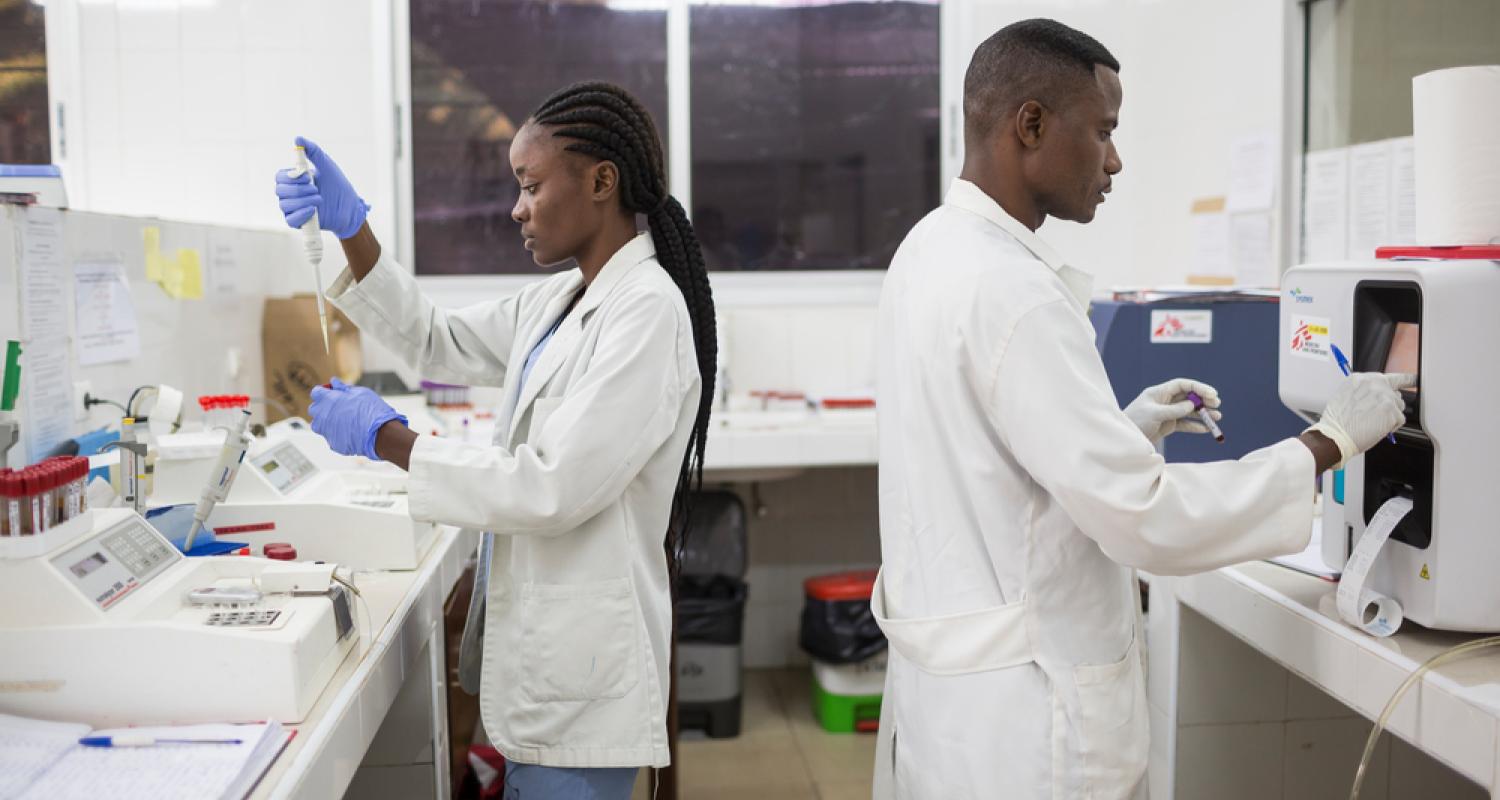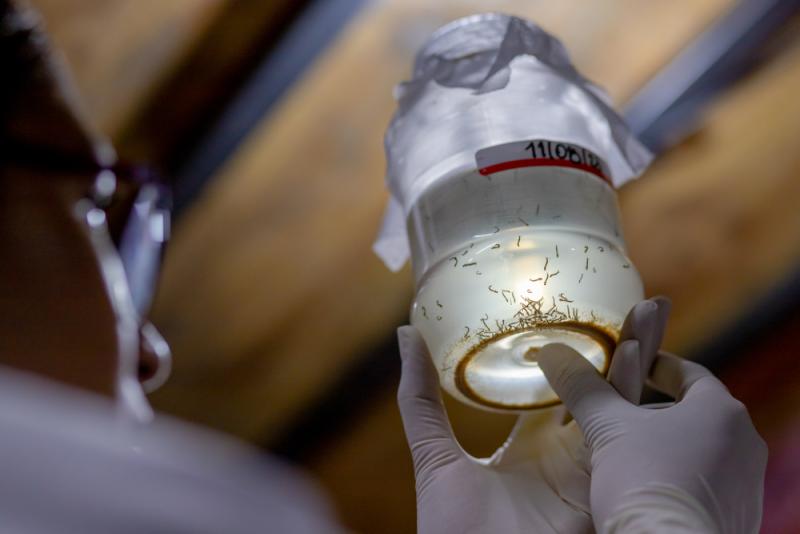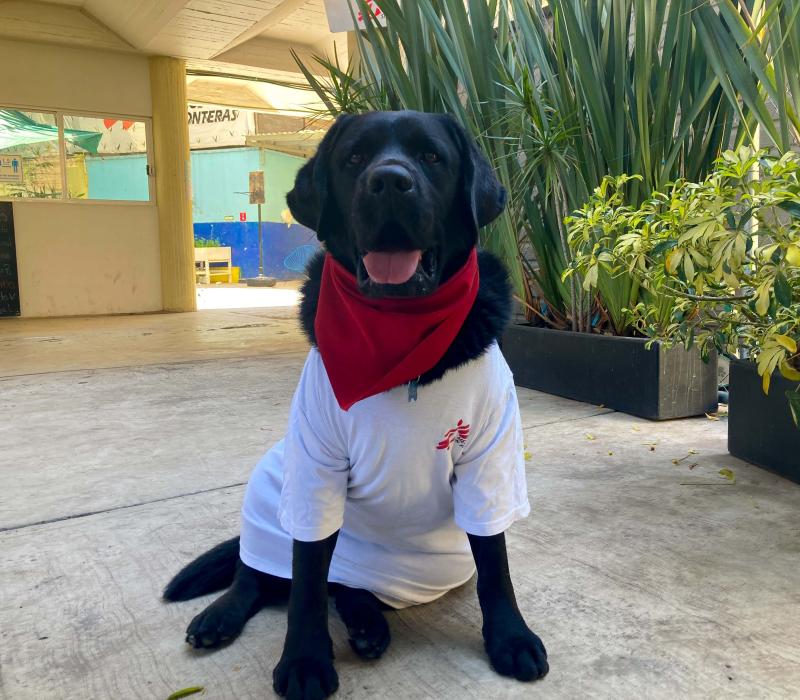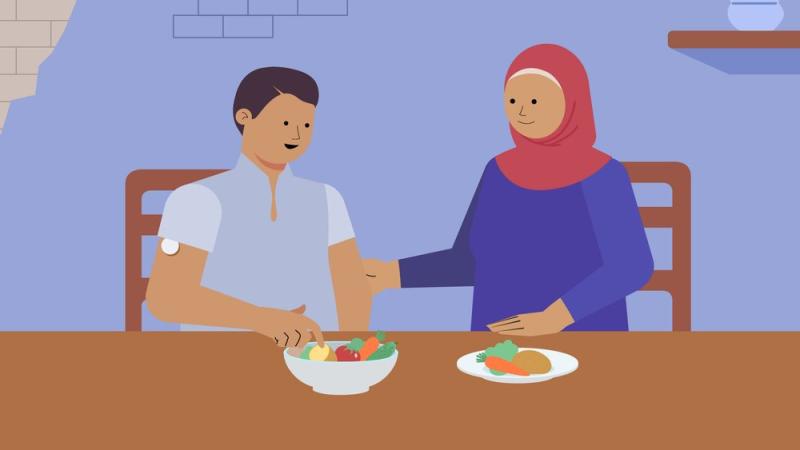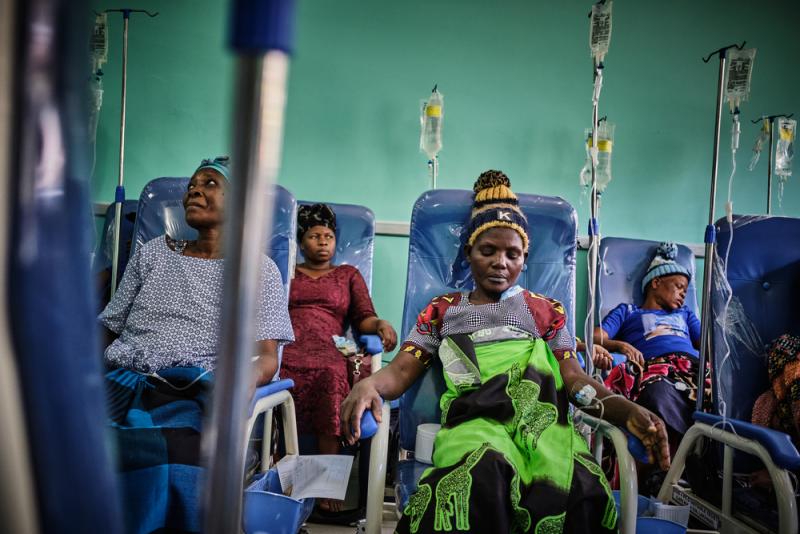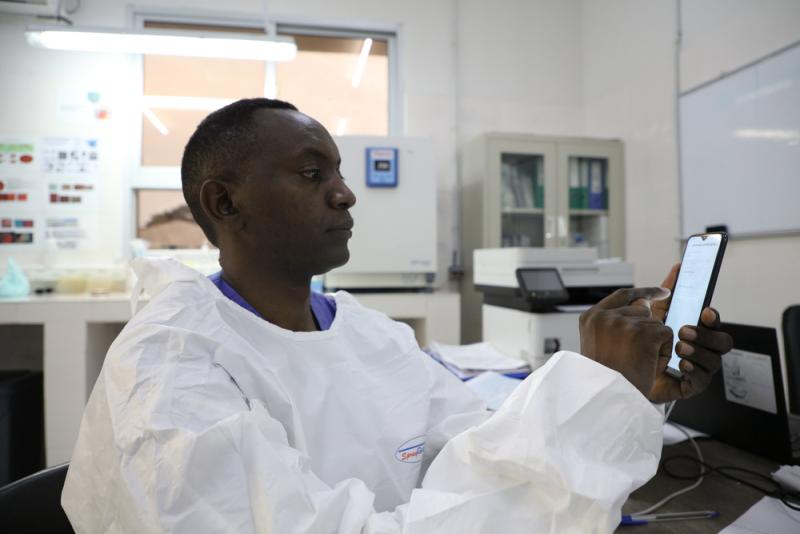Innovative approaches in medical humanitarian care
Unconventional settings often require unconventional approaches, whether that’s developing new technologies and adapting existing ones, or finding new and better ways of working. Whatever the approach, the goal is always to facilitate Doctors Without Borders' work to save lives and reduce suffering.
Latest update
Around the world, millions of individuals are affected by disasters, disease, and conflict. First responders working with these communities often have to cover large areas, but lack the data necessary for an efficient, effective response. Through MapSwipe, Doctors Without Borders teams in South Sudan are developing an accessibility model to estimate travel and times from villages to services such as health sites and water points in Lankien.
With your mobile phone, you can play a part in helping communities around the world, pinpoint where critical infrastructure and populations are located before a crisis happens.
Innovative tools and programs
For Doctors Without Borders, innovation is in our culture. We always try to look for ways to simplify and improve our tools and processes in order to reach our patients or ensure access to medical care, despite the many challenges and the complexities in the many areas where we work.
The Super Versatile Airdrop System (SVAS)
Earlier this year, the ICRC and Doctors Without Borders joined efforts to test the Super Versatile Airdrop System (SVAS) pioneered by the Humanitarian Pilots Initiative (HPI), a Swiss NGO engaged in humanitarian rescue operations.
To strengthen its capacities in emergency humanitarian response, ICRC Air Operations are engaging in innovative solutions with the support of the ICRC Innovation Facilitation Team. "We wanted to test the system's safety, precision, durability, cost-effectiveness, and fitness to our specific needs and standards in demanding operational humanitarian contexts," says Laurent Camisa, ICRC Air Operations Manager who participated in coordination and execution of the tests.
Over 3 days of tests, 38 payloads with 2412,9 kg of goods distributed over several dedicated flights were released to an airstrip in Athi River, about 30 km southeast of the Kenyan capital. The tests included "26 hot passes" flights equivalent to "live runs," adding up to 85 minutes of "on task" flight time.
The project is testing the Super Versatile Airdrop System (SVAS), a modular concept that is compatible with various airplanes.
— MSF in Southeast Asia (@MSF_seAsia) April 14, 2023
As such, the flexible airdrop solution allows us to use aircraft🛩️that are already in operation.#Innovation https://t.co/lyOgroo8fG
Epidemiology with a smartphone
In August 2017, one of the largest modern exoduses began as 700,000 people fled horrific violence in Myanmar, and today nearly one million Rohingya refugees live in precarious makeshift settlements in southeast Bangladesh. As the emergency unfolded, international organizations arrived, health centres were constructed, distribution points created.
But how much do the organizations providing relief really know about the refugees?
“In July 2018, we carried out epidemiological surveys in two refugee camps in Cox’s Bazar, Bangladesh. The goal was to find out the birth and death rates, the levels of child malnutrition, and what the main diseases are in the communities,” explains María Simón, emergency coordinator with Doctors Without Borders in Bangladesh. “We also wanted to know whether people were using our health facilities, and what was keeping them away if they weren’t.”
Using a smartphone app, Doctors Without Borders teams managed to centralize a swathe of data while visiting households across the camps. The surveys’ findings led our teams to open a new mobile clinic in a large settlement where long distances and the ground conditions, particularly during the rainy monsoon season, were undermining access to healthcare.
The three-wheeled urban ambulances saving lives
Around the world, three wheelers offer a cheap means of urban transport. In Gwoza, a town in north-east Nigeria, these small three-wheeled vehicles, known locally as keke napeps, are more than just a means of public transport, they are a means of saving lives. Every month around 260 patients are transported to the hospital in keke napeps, which are used by Doctors Without Borders as makeshift ambulances to avoid movement restrictions in a town controlled by the Nigerian army following years of conflict.
In Gwoza, Doctors Without Borders provides emergency consultations, nutritional and inpatient care, and sexual reproductive health services. We continues to provide healthcare services in 12 other locations across Borno and Yobe state.
Telemedicine: "Bring some of the best medicine to some of the worst-off patients in the world."
Telemedicine allows remote medical teams to consult with a whole network of experts whenever they are confronted with cases that go beyond their immediate capacities. With no access to advanced diagnostic tools or specialist expertise, medical workers in places like Kimbi often have limited abilities to fully understand many of their patients’ more complex symptoms, and therefore can’t necessarily always provide advanced lifesaving care. For Canadian physician Dr. Raghu Venugopal, telemedicine can help change that.
This he saw first-hand while working with Doctors Without Borders in Democratic Republic of Congo. “There was a woman who was experiencing severe abdominal pain,” he says. The pain was crippling, but the cause of it was unclear, so he performed a series of ultrasounds. Resources at the Kimbi hospital were limited, and the fact that medical staff had access to an ultrasound machine was a relatively rare diagnostic luxury for the area. But while Dr. Venugopal was able to see from the ultrasound images that the woman had some unexplained nodules in her liver, he did not have the expertise to know what they meant, and there were no other qualified specialists at the hospital — or, for that matter, in the region. So the team uploaded the image files to Doctors Without Borders’ telemedicine platform, through which a volunteer from a network of clinical specialists could provide their expert opinion. A radiologist in the US was able to tell him that the situation was not of critical concern to the patient’s health. “This was a great illustration of the use of telemedicine,” says Dr. Venugopal.
Drones: A helpful humanitarian tool
Drone. The word sends shivers down many a spine in the humanitarian world. Yet despite their reputation, these ‘unmanned aerial vehicles’ (UAVs) are increasingly being used to save lives. For Doctors Without Borders, drones have been game-changers.
Creating informative maps enhanced by geographic information system (GIS) technology, these devices have a multitude of uses - whether it’s to plan the layout of a large camp, identify the location of boreholes in a cholera outbreak, or track a vaccination as it’s being rolled out.
In Nsanje district, southern Malawi, our team recently used a small drone to conduct an aerial mapping exercise of Makhanga — a 60-square-kilometre area, which was partially cut off from aid during extensive flooding back in 2015. Few detailed maps of Makhanga existed, and our emergency teams wanted to be prepared in anticipation of the upcoming rainy season.
Hypothermia in newborns
Hypothermia is a major contributor to neonatal morbidity and mortality in low- and middle-income countries. This holds true even in places with warmer climates. The standard protocol - using an incubator - is ill-suited for low-resource settings. Incubators are expensive; need reliable electricity; and require significant training to operate, keep clean and maintain.
Doctors Without Borders is drawing on our neonatal expertise and particular strengths in problem analysis to clarify the shortcomings of existing equipment and practice. Similarly, we are analysing the various contextual challenges that any alternative warming solution must also be able to handle. In this way, we will be able to identify what constitutes a realistic solution.

Ali Nabil - was one-day old when his first lifetime photo was taken at the Maternity Department at Haydan Hospital. © Mohammed Almahdi/MSF
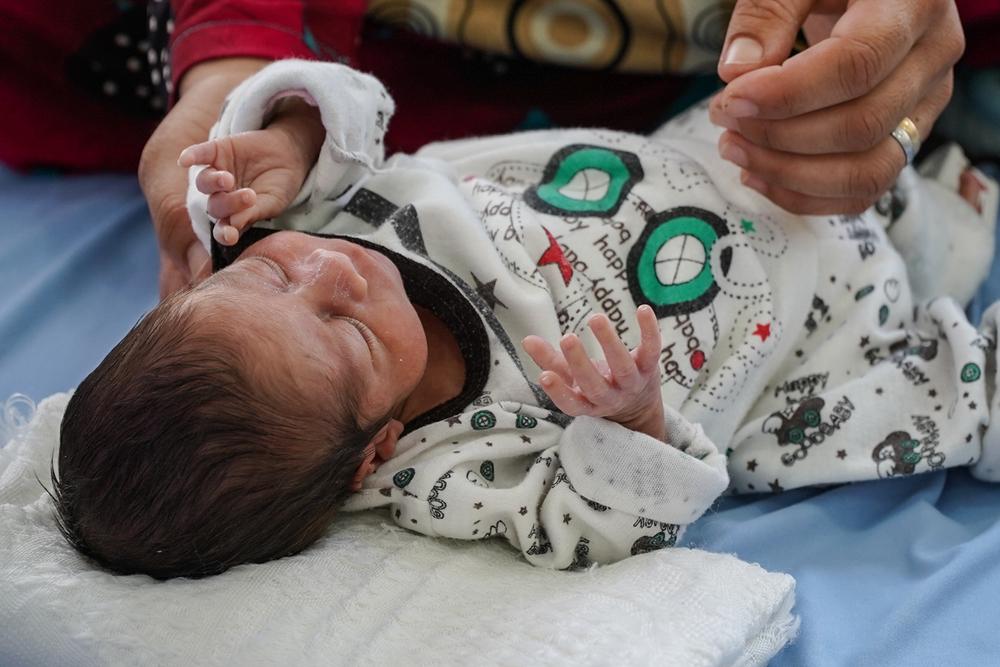
"There were closer hospitals around in Hammam al-Alil, but we chose to come here. We chose to go the distance to get good quality than to go to the closer hospital. This is my first delivery in this hospital." Zeina*, a mother of four said. © Maya Abu Ata/MSF
*Name has been changed
